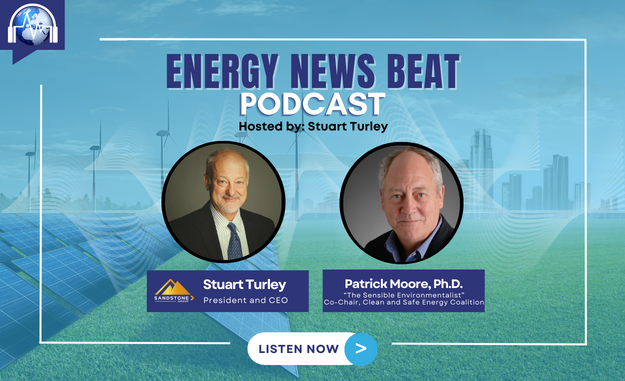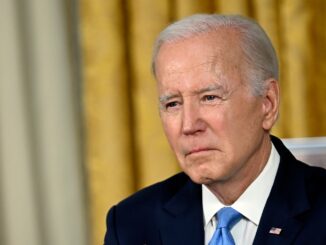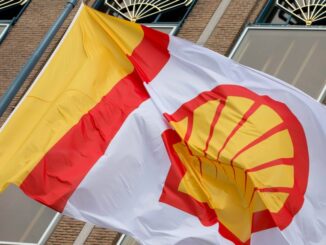
This is my second interview with Dr. Moore, and It was even better than the first one. We covered a huge portion of the global energy and climate crisis. One of the things that is fabulous about Patrick is his absolutely vast knowledge of humanity, ecology, and science. His knowledge and opinions are needed in this polarized world. Both sides need to listen to data and work towards the common good.
Our other interview with Patrick is HERE:
I would like to see Dr. Moore as an energy/climate Czar representing the U.S. and Canada rather than the folks in the current administration. Patrick would make sense and have humanity’s best interests at heart.
This is not about renewable vs. fossil. It is about using all forms of energy to deliver humanity from energy poverty with the least impact on the environment, and not print money, but rather obtain financial stability through the markets.
One great test for any author is the test of time. Patrick’s experiences being in front of the harpoon and putting his body where his mouth was initially gave some real street cred. People are still talking about his books and his endeavors as they are more relevant now than in years past.
Thank you, Partick for stopping by the podcast and sharing your time. I am looking forward to our next conversation. It would be great if we could coordinate the in-person interview with Craig. – Stu
The following is an excerpt of the automated transcript in Patrick’s opening.
“I wrote Fake Invisible Catastrophes because it dawned on me one day that virtually all the doomsday projections about climate change and species extinction are based on invisible things, like carbon dioxide and radiation. Those are the two best examples. Right. Scare stories about things that nobody can see. And the other one is remote things.
That is why polar bears and coral reefs are the icons they use because very few people can go and see whether the Great Barrier Reef is alive or dead. And right back in 2016, there were all these stories. About 93% of the Great Barrier Reef is dead or dying. They never said dead. Very often, they would just say dying or in its final terminal stage, which doesn’t mean dead.
Right. And get that, though, if they figure if something is dying, it’s going to be dead. Right. That isn’t necessarily true, especially with coral, which consists of trillions of individual little tiny polyps that live in the coral itself. If you took all the coral reefs in the world, nobody could even count how many of these little guys there are, and they’re most of them are still alive.
And the key fact, though, is that the highest biodiversity of corals is in the warmest oceans in the world. Right. In other words, if the oceans get warmer, corals will spread further. Oh, wow. I didn’t know that. Not die out from warmth. This is a cool period in Earth’s history right now. That’s why there’s ice on both poles. A lot of it. And that didn’t start happening in the Antarctic. That started happening about 20 million years ago in the Arctic. It didn’t really set in until about 3 to 5 million years ago. And then at 2.6 million years ago is where they say now we are in the Pleistocene Ice Age and we’re still living.
There’s been 40 major glaciations during this 2.6 million year period. Wow. Everybody talks about the last ice Age. And when you talk about the last ice Age, that can also mean the final ice Age, not just the most recent one or. Oh, and not only that, it isn’t the Ice Age, is it is 2.6 million years long.
The most recent glacial maximum. That’s what I call it, because there’s been 40 of them. During point 6 million period. So the most recent one peaked 20,000 years ago, a very short time ago, right out of Earth history. And now we are in an interglacial period which began 10,000 years ago after the ice melted, which took 10,000 years. Right. The mile thick glacier that covered the whole of Canada and down into the northern tier states. Right.
It states that there was nobody living in those places then because it was ice. Right. And when it when it melted to what we have now, we’re in this interglacial period. But the last 5000 years or so of this period, which is about 12,000 years since that, since the glaciers are basically gone as far as they were going to go.
Still, though, even in the interglacial period, the North and South Pole are covered in heavy sheets of ice right along that ice age. Aren’t they.”



